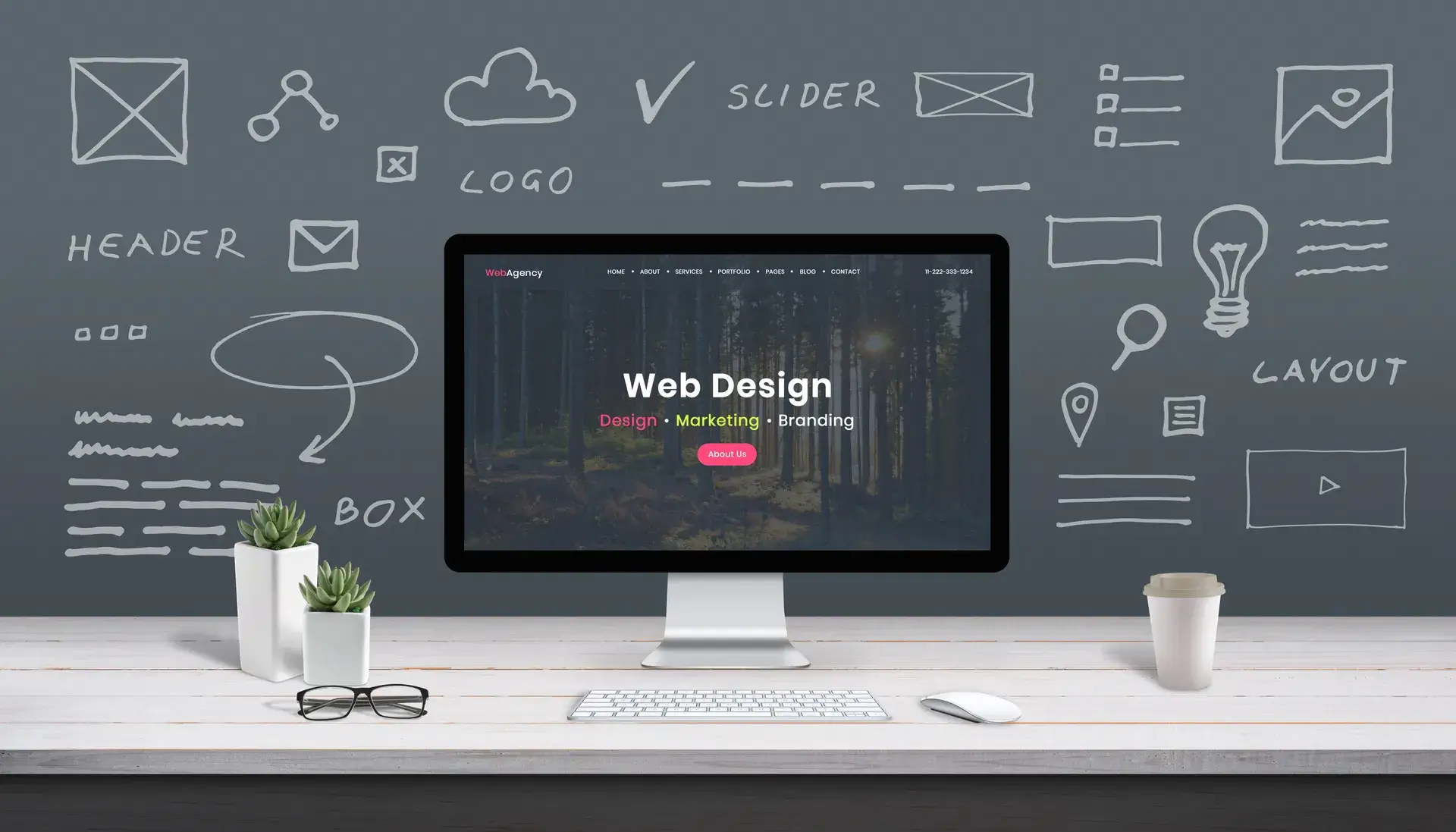Intuitive web design is more than just aesthetics; it focuses on enhancing user experience by simplifying navigation and engagement. By prioritizing user needs and expectations, you can create a website that retains visitors and drives conversions. In this post, we will delve into the core principles of intuitive web design, why they matter, and how to implement them effectively.
What is Intuitive Web Design?
Intuitive web design refers to the creation of websites that guide users effortlessly to their desired actions. This includes easy navigation, clear calls-to-action, and a layout that feels natural to interact with. The goal is to reduce the learning curve for users, ensuring that they can find the information they need without frustration.
Why Intuition in Design is Important
An intuitive design improves user satisfaction, encourages longer visits, and increases conversions. Here are key reasons to adopt intuitive web design:
- Enhanced User Experience: Visitors are more likely to engage with a website that feels easy to use.
- Reduced Bounce Rates: Clear navigation and content layout help keep users on your site longer.
- Increased Conversions: By making it easy for users to find what they are looking for, you can boost sales and sign-ups.
Core Principles of Intuitive Web Design
1. Simplicity
A crowded or overly complex design can overwhelm users. Emphasize simplicity by removing unnecessary elements and focusing on essential features.
2. Consistent Navigation
Organize your content logically, and maintain consistent navigation throughout your site. Users should always know where they are and how to get to where they want to go.
3. Clear Call-to-Actions (CTAs)
Your CTAs should stand out and guide users toward the next steps. Use contrasting colors and prominent placement to make them noticeable.
4. Mobile Optimization
Ensure your website is fully optimized for mobile devices. Responsive design adjusts seamlessly, providing an intuitive experience regardless of screen size.
5. Visual Hierarchy
Use size, color, and placement to direct users' attention to the most important content. This helps users absorb information faster and understand the importance of various elements.
Implementing Intuitive Web Design
To start implementing intuitive web design in your website, consider the following steps:
- Conduct User Testing: Gather feedback from actual users to pinpoint areas of confusion and improvement.
- Utilize Wireframes: Create wireframes to map out the structure and navigation before diving into the design.
- Iterate and Improve: Continuously analyze user interaction to refine your design based on real-world usage.
Conclusion
Intuitive web design is essential in creating a user-friendly online experience that can significantly impact engagement and conversion rates. By focusing on simplicity, consistent navigation, effective CTAs, mobile optimization, and visual hierarchy, you can create a website that users will appreciate and find easy to navigate. At Prebo Digital, we understand the importance of intuitive web design in boosting your online presence. Contact us today to find out how we can help you build an intuitive website that engages users and drives results!














